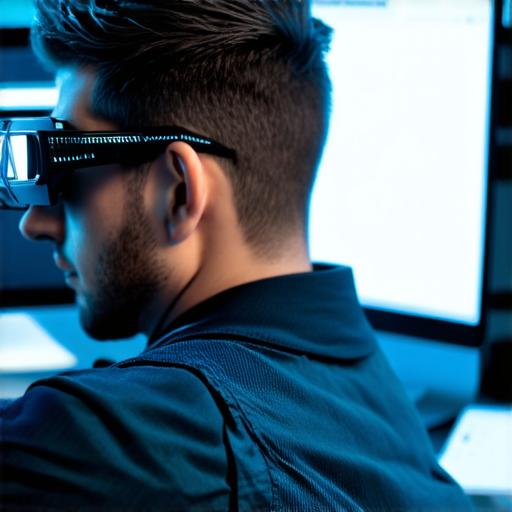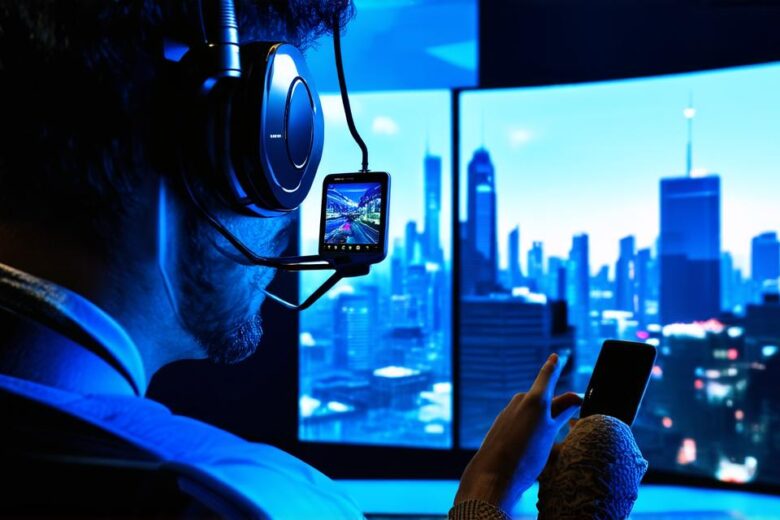Augmented reality (AR) has already had a significant impact on several industries, including gaming, advertising, and education, but it’s also transforming the entertainment industry.
Augmented Reality in Film and Television
One of the most well-known applications of AR in the entertainment industry is in film and television. AR has been used to create visual effects that enhance the overall experience of a show or movie.
For example, AR can be used to add digital objects to real-world scenes, such as adding an alien spacecraft to a desert landscape or adding a fantastical creature to an urban setting.
AR can also be used to create interactive experiences for viewers, allowing them to participate in the story or interact with characters. This has been done in shows like “The Masked Singer” and “America’s Got Talent,” where AR technology is used to create immersive backdrops that change based on the contestant’s performance.
Augmented Reality in Gaming
AR has had a significant impact on the gaming industry, allowing for more immersive and interactive gameplay experiences. AR games are designed to overlay digital objects onto the real world, creating a seamless blend of virtual and real-world elements.
For example, AR games like “Pokemon Go” and “Ghostbusters World” use GPS data to create a virtual world that overlays onto the real world. Players can interact with digital objects in their physical environment, collecting virtual creatures or battling evil spirits. These games have been incredibly successful, with millions of users worldwide participating in the virtual world.
Augmented Reality in Music and Concerts
AR has also had a significant impact on the music industry, allowing for more interactive and engaging concert experiences. AR technology can be used to create virtual backdrops that change based on the music being played, creating an immersive experience for the audience.
AR can also be used to create interactive experiences for music lovers, allowing them to participate in the music. For example, the app “Beatwave” uses AR technology to create a virtual world that responds to the user’s music. As they listen to their favorite songs, digital objects appear and interact with the user, creating a unique and immersive experience.
Augmented Reality in Sports
AR is also being used in sports to create more engaging and interactive experiences for fans. AR technology can be used to overlay digital elements onto live sports events, allowing fans to see additional data or information about the game in real-time.
For example, the app “PGA Tour Viewer” uses AR technology to allow fans to view 3D models of golf courses as they are played, allowing them to see how players will navigate each hole in real-time. This has been incredibly successful, with millions of users downloading the app and using it during live events.
Conclusion

Augmented reality is already having a significant impact on the entertainment industry, and its use is only expected to grow in the future. AR technology allows for more immersive and interactive experiences that were not possible before, and it has already been successfully applied to a range of industries. As the technology continues to evolve, we can expect to see even more innovative applications of AR in entertainment.
